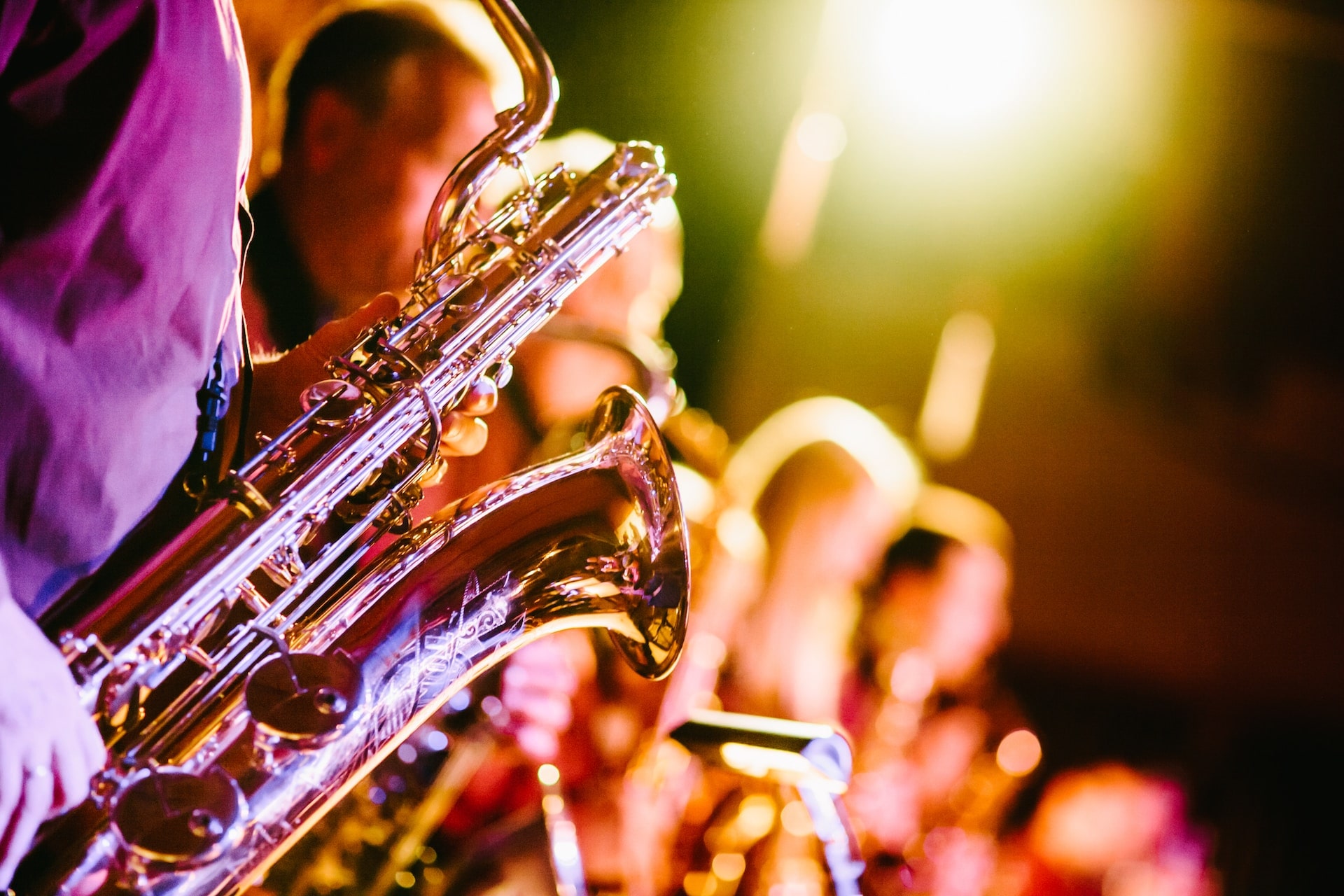
The story of American music is a tapestry rich with diverse influences and revolutionary sounds, mirroring the country’s cultural and historical complexity. From the soulful rhythms of the Deep South to the groundbreaking beats of urban landscapes, music in America has continuously evolved, shaping and being shaped by the societal changes around it. This exploration into the evolution of American music genres delves into the roots of each style, tracing their origins and journey through time. It’s a journey that takes us through the birth of jazz, the heartland of country, the rebellion of rock & roll, and the rise of hip-hop, leading up to the eclectic sounds of modern pop. Each genre tells a unique story of American life, reflecting the dreams, struggles, and experiences of its people. This narrative is not just about music; it’s a reflection of America’s ever-changing cultural identity.
Roots of Jazz in the Deep South
Jazz, a quintessentially American genre, has its roots deeply embedded in the Deep South, emerging as a distinct voice amidst the early 20th century. Born out of a fusion of African rhythms and European musical elements, jazz quickly became the heartbeat of the vibrant cultural landscape of New Orleans. This genre, known for its improvisational style and complex rhythms, reflected the rich, albeit tumultuous, cultural melting pot of the Deep South. Jazz musicians blended various influences, including blues and ragtime, and even incorporated elements from a music genre from Jamaica, giving jazz its unique and eclectic sound. The evolution of jazz was not just a musical revolution; it was a reflection of the societal changes and challenges of the time. It became a medium for expression and innovation, resonating with audiences far beyond its Southern origins. Jazz’s journey from the streets of New Orleans to the grand stages of the world showcases the powerful impact of cultural synthesis and the enduring legacy of American music.
Country Music and Its Appalachian Origins

Country music, with its poignant lyrics and distinctive sound, has its genesis in the Appalachian region, deeply influenced by the area’s history, culture, and landscape. This genre, emerging in the early 20th century, was shaped by various musical traditions brought by settlers, particularly those of Scotch-Irish descent. The essence of country music reflects the life and struggles of the Appalachian people, characterized by:
- Ballads and Storytelling: Narratives of love, loss, and everyday life.
- Fiddle and Banjo: Instruments central to the Appalachian sound.
- Gospel Influences: Reflecting the region’s strong religious roots.
- Blues Elements: Bringing depth and emotion to the music.
- Yodeling and Vocal Twangs: Distinctive vocal styles adding character.
Country music’s evolution, detailed on the Country Music Hall of Fame’s website, has seen it grow from humble beginnings into a genre that resonates across America and beyond. Its roots in Appalachian culture have given country music a rich heritage of storytelling and musical distinctiveness, making it a unique and enduring part of American musical history. This genre continues to evolve, blending tradition with contemporary influences, yet always staying true to its roots in the heart of Appalachia.
Rock & Roll’s Birth in the 1950s

The birth of rock & roll in the 1950s marked a seismic shift in the American music scene, embodying a new era of cultural expression and rebellion. This genre, emerging as a fusion of rhythm and blues, country, jazz, and gospel, captured the spirit of a generation eager for change. Rock & roll was more than just music; it was a social movement, breaking down racial barriers and challenging the status quo. Its energetic beats, electrifying guitar riffs, and charismatic performances symbolized youth, freedom, and a departure from traditional norms.
Iconic figures like Elvis Presley, Chuck Berry, and Little Richard were not just musicians; they were cultural icons who redefined what music could represent. Their influence extended beyond the realm of entertainment, touching on issues of race, sexuality, and identity. The 1950s rock & roll scene set the stage for future musical innovations, inspiring countless genres and artists. Its legacy is a testament to the power of music as a force for cultural change and artistic creativity, resonating through the decades as a defining element of the American musical identity.
Hip-Hop: From NYC Streets to Mainstream
Hip-hop, originating in the 1970s in the bustling boroughs of New York City, has grown from a grassroots movement to a global phenomenon. This genre, emerging from the cultural melting pot of the city, encapsulates more than just music; it’s a lifestyle and a form of expression for marginalized voices. The evolution of hip-hop can be traced through several key developments:
- DJing and Breakdancing: The foundational elements that gave rise to the hip-hop culture.
- Graffiti Art: Visual expressions that paralleled the music’s narratives.
- Rap Music: Evolving from street poetry to complex lyrical artistry.
As explored in resources like the Smithsonian’s National Museum of American History, hip-hop’s journey from the streets of New York to mainstream success is a story of creativity, resilience, and cultural impact. Its artists have become influential figures, shaping not only music but also fashion, language, and politics. Hip-hop continues to evolve, reflecting and influencing the social and cultural dynamics of the times, solidifying its place as a significant and enduring element of American music and culture.
Modern Pop and Its Diverse Influences
Modern pop music stands as a testament to the diverse influences that have shaped its evolution. This genre, characterized by its broad appeal and ever-changing style, draws from a rich tapestry of musical traditions, both within and beyond the United States. The versatility of pop is evident in its ability to incorporate elements from a myriad of genres, ranging from the rhythmic beats of hip-hop to the intricate melodies of classical music. This eclectic nature of pop music is similar to how Japanese tea ceremonies blend art, tradition, and cultural influences to create a harmonious experience. As pop continues to evolve, it mirrors the dynamics of cultural exchange and globalization, showcasing the ability of music to transcend geographical and cultural boundaries. This inclusivity not only enriches the genre but also resonates with a global audience, making modern pop a vibrant and integral part of contemporary music culture.
The Ongoing Melody of America
Reflecting on the evolution of American music genres reveals a rich narrative of cultural change and artistic innovation. From jazz to hip-hop, each genre has played a significant role in shaping the American soundscape. This journey through music not only highlights the diversity of American culture but also underscores music’s power in expressing societal shifts and unifying diverse communities.







